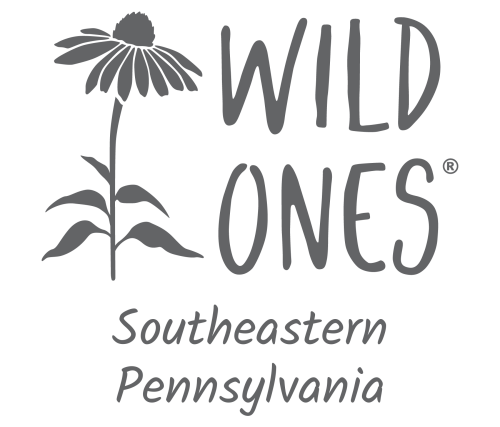- Thought of the Month: Gardeners are familiar with USDA plant hardiness zones, which are based on average minimum winter temperatures. USDA has developed another way to categorize planting areas, called ecoregions. This concept subdivides areas of the country according to soils, temperature, precipitation, elevation, geology, and native plants and animals. This is helpful when working with native plants, because we wouldn’t assume that a plant would thrive in vastly different ecoregions even if those regions are within the same USDA hardiness zone. Using native plants that are adapted to your ecoregion will help insure that they will flower and fruit at the optimum time to meet the needs of the native insects, birds, and mammals that depend on them. Ecoregions have four levels, from level one, the most general, to level four, the most specific. When planning for native plantings, it’s helpful to focus on the level-3 or level-4 ecoregion in order to coordinate plants with the ecoregion to which they are adapted. You can find your USDA ecoregion using the interactive map here: https://www.fs.usda.gov/rmrs/ecoregions-united-states
- Presentation by Beth Myers, conservationist with the Perkiomen Watershed Conservancy, on Native Plants in the Perkiomen Creek Watershed.
- Native plants provide food for native wildlife. “If nothing is eating it, what good is it?”
- The extensive root systems of native plants reduce soil erosion and keep excess nutrients out of our waterways. They filter and infiltrate stormwater to recharge groundwater systems and reduce local flooding.
- Native plants can decrease the need for yard maintenance because they are adapted to the local climate. This means less mowing and no need for pesticides or supplemental watering.
- The Conservancy’s Native Plant Project produces many of the native plants used in the Conservancy’s stormwater management projects and provides a platform for outreach and education about the value of native plants.
- The conservancy hosts many volunteer opportunities in which participants can work with native plants, either propagating in the greenhouse or working on native plantings at parks and other locations. Public rain gardens are a great way to manage stormwater, educate the public about native species, and provide volunteer opportunities in communities. Volunteer opportunities are featured in PWC’s e-newsletter and on their website at perkiomenwatershed.org
- Backyards can be great areas for restoration projects, to counteract the habitat fragmentation of our suburban region. Homeowners can make a difference in their community and in their watershed. Planting one yard with native plants can serve as a refuge for wildlife; multiple backyard habitats create wildlife corridors – stopovers and feeding areas for wildlife moving between larger tracts of protected land, such as parks and preserves.
- Backyard restoration can start small: reduce lawn area, increase the number of native plant species, and remove invasive ornamentals like English ivy. Site preparation and initial maintenance are key to successful native plantings.
- Contact information: [email protected]; perkiomenwatershed.org
You can view the recording of the meeting on our Youtube channel here: https://www.youtube.com/channel/UC2V_ovz6utGilZ5xxVbs9aQ
Visit our Facebook page for updates on planting natives in southeastern PA: https://www.facebook.com/wildonesofsepa/?view_public_for=106838944673361
